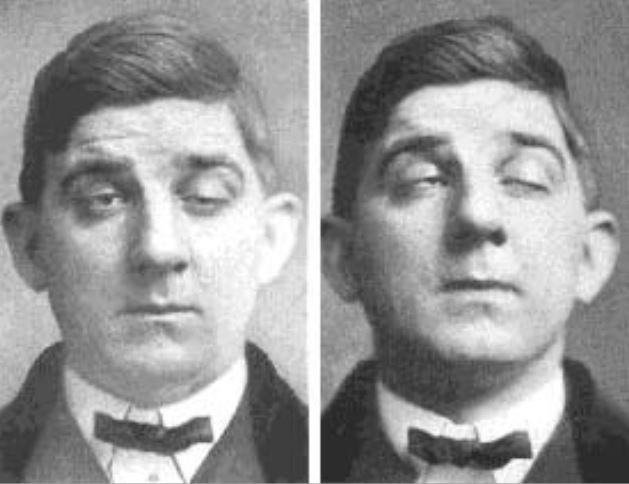Playlist
Show Playlist
Hide Playlist
Physiology of the Neuromuscular Junction
-
Slides Strowd Neuromuscular Junction Disorders.pdf
-
Download Lecture Overview
00:01 So let's look more specifically at the neuromuscular junction. 00:04 This is the connection between the nerve and the muscle. 00:07 Where the body says, I need to move and the muscle makes that happen. 00:11 And we're an electrical signal is converted to a chemical signal that drives muscle depolarization. 00:16 There's a lot of things that happen in this area. 00:19 And the key things that I want you to understand is that we see an action potential which is an electrical signal converted into a chemical signal through acetylcholine, which is a neurotransmitter. 00:30 This binds to the acetylcholine receptor and drives muscle contraction. 00:35 As a result, we can see problems that develop in each area of the neuromuscular junction. 00:40 Some disorders affect the presynaptic terminus of the nerve. 00:44 And we see certain characteristic symptoms and signs as well as results to testing. 00:49 Other conditions are going to affect the postsynaptic terminus of this junction, and present accordingly. 00:56 So let's look more specifically at the biology of the neuromuscular junction. 01:00 What happens to allow muscles to move? The first thing is that an action potential travels down a nerve to the presynaptic terminus. 01:09 As a result of the activation from the action potential calcium channels recognize that influx of sodium and are activated. 01:19 Calcium moves into the presynaptic terminus from Voltage-gated calcium channels, and those channels are going to be important for certain disorders. 01:28 Calcium influx is sensed by the synaptic vesicles containing acetylcholine, and the presynaptic terminus and those vesicles then bind to the presynaptic membrane. 01:40 Acetylcholine is released into the synaptic cleft, And this is what does the action at the neuromuscular junction. 01:47 Acetylcholine binds to the acetylcholine receptors on the muscle membrane. 01:53 Importantly, acetylcholinesterase enzymes are present in the synaptic cleft to break down acetylcholine and recycle that function at the neuromuscular junction, so the another action potential can drive activation. 02:06 On the postsynaptic membrane, we see acetylcholine receptors. 02:12 When binding of acetylcholine to the acetylcholine receptor occurs, there's a sodium influx into the muscle and this drives muscle contraction. 02:21 So that's the normal process, and break down at the presynaptic terminus or postsynaptic membrane will cause problems with muscle function and present with weakness.
About the Lecture
The lecture Physiology of the Neuromuscular Junction by Roy Strowd, MD is from the course Disorders of the Neuromuscular Junctions.
Included Quiz Questions
Which of the following best describes the order of events in normal neuromuscular transmission?
- A nerve impulse causes calcium influx into the nerve terminal, followed by fusion of synaptic vesicles with the neural membrane and the release of ACh into the synaptic cleft.
- Sodium influx causes the release of ACh into the synaptic cleft, followed by the fusion of synaptic vesicles to the postsynaptic density zone.
- Calcium influx leads to a nerve impulse, followed by the fusion of synaptic vesicles and the release of ACh into the synaptic cleft.
- A nerve impulse directly causes fusion of synaptic vesicles to the neural membrane, followed by the release of sodium into the synaptic cleft and activation of ACh receptors.
- A nerve impulse leads to direct activation of ACh receptors on the presynaptic terminal, followed by calcium influx and depolarization.
Customer reviews
5,0 of 5 stars
| 5 Stars |
|
5 |
| 4 Stars |
|
0 |
| 3 Stars |
|
0 |
| 2 Stars |
|
0 |
| 1 Star |
|
0 |




